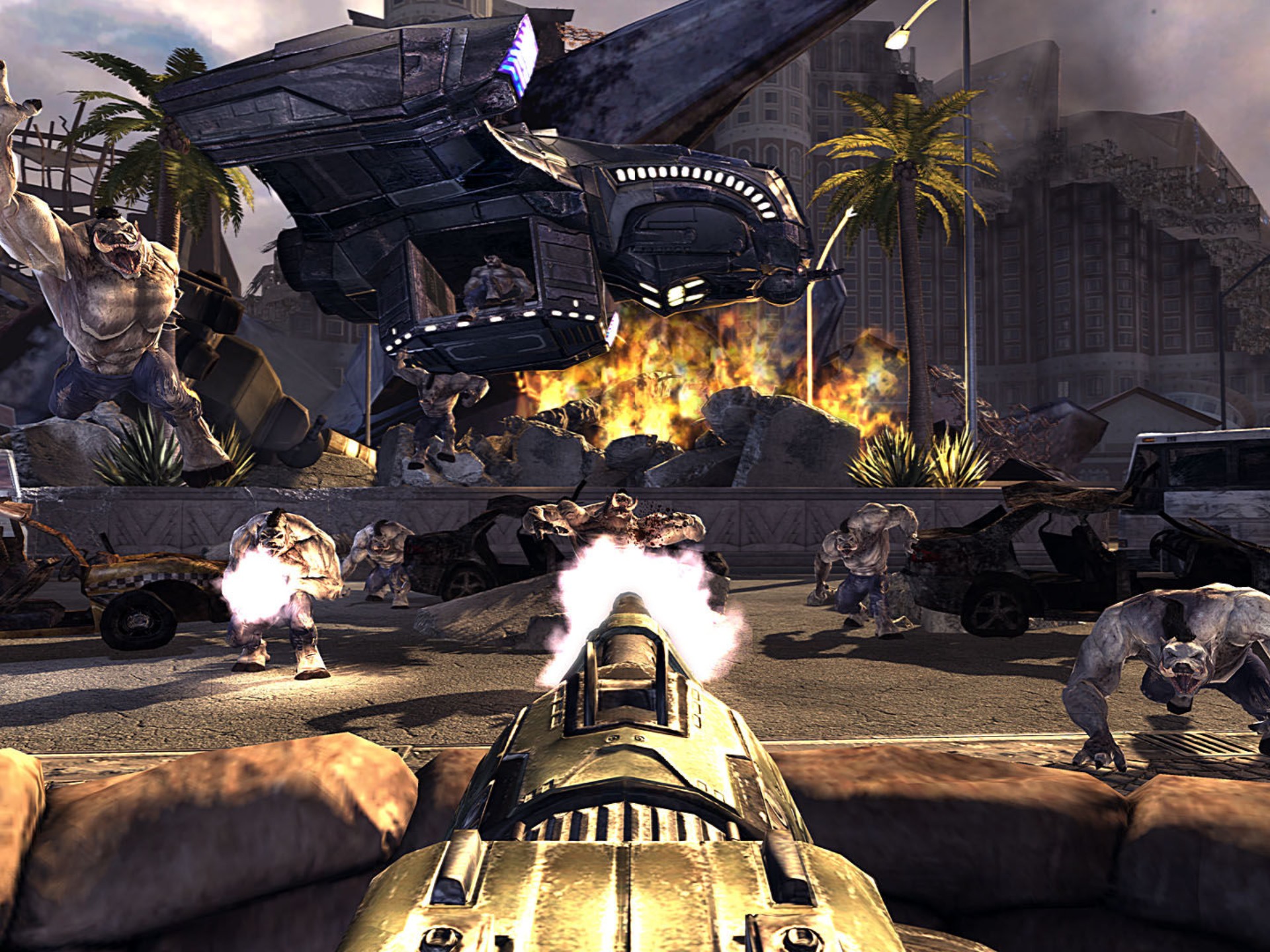Is It Too Long for Casual Gamers?
Introduction
The gaming industry has evolved dramatically over the past decade, with titles becoming more immersive, expansive, and time-consuming. While hardcore gamers relish lengthy campaigns and intricate mechanics, casual gamers—those who play sporadically for relaxation—often struggle to keep up. The question arises: Are modern games too long for casual players?

This article explores the growing trend of extended playtimes in video games, the challenges they pose for casual gamers, and potential solutions for developers to balance depth with accessibility.
The Rise of Long-Form Gaming
1. Open-World Dominance
Games like The Witcher 3, Red Dead Redemption 2, and Elden Ring offer vast open worlds filled with side quests, collectibles, and exploration. While these experiences are rewarding, they demand dozens (if not hundreds) of hours to complete fully.
- Hardcore gamers appreciate the depth.
- Casual gamers may feel overwhelmed and never finish.
2. Live-Service Games and Grind Mechanics
Games such as Destiny 2, Fortnite, and Genshin Impact rely on ongoing engagement, requiring daily logins, seasonal content, and repetitive tasks to stay competitive.
- Pros: Continuous updates keep games fresh.
- Cons: Casual players fall behind, leading to frustration.
3. Story-Driven Epics with No Shortcuts
Narrative-heavy games like The Last of Us Part II and Final Fantasy XVI offer 30+ hour campaigns with minimal skippable content.
- Impact: Casual players may abandon them midway.
Why Length Can Be a Problem for Casual Gamers
1. Limited Playtime
Many casual gamers juggle jobs, families, and other responsibilities. A game that takes 100+ hours to complete may take months or years for them to finish—if they ever do.
2. Loss of Engagement
Long games risk player fatigue. If progress feels slow, casual gamers may lose interest and move on to shorter, more rewarding experiences.
3. Fear of Missing Out (FOMO)
With limited time, casual players may avoid games entirely if they feel they can’t experience everything.
Potential Solutions for Developers
1. Modular Storytelling
- Example: The Legend of Zelda: Breath of the Wild allows players to tackle objectives in any order.
- Benefit: Players can enjoy bite-sized sessions without feeling lost.
2. Adjustable Difficulty & Time-Saving Features
- Example: Assassin’s Creed Odyssey offers a "Story Mode" for easier combat.
- Benefit: Casual players can enjoy the narrative without excessive grinding.
3. Shorter, High-Quality Experiences
- Example: Portal 2 (8-10 hours) and Stray (5-6 hours) prove that shorter games can be impactful.
- Benefit: More accessible for time-constrained players.
4. Better Save Systems & Pacing
- Example: Hades allows short, rewarding runs.
- Benefit: Players can make progress in 20-minute sessions.
Conclusion: Finding the Right Balance
While hardcore gamers thrive on deep, expansive experiences, casual gamers need games that respect their time. The industry must strike a balance—offering both epic adventures and condensed, high-quality experiences.
Developers can achieve this by:
✔ Providing flexible playstyles (skippable cutscenes, difficulty options).
✔ Designing games with modular progression (non-linear storytelling).
✔ Creating shorter but memorable games alongside AAA epics.
Ultimately, game length should not be a barrier to enjoyment. By considering casual players, the gaming industry can become more inclusive without sacrificing depth.
Tags: #Gaming #CasualGamers #GameDesign #OpenWorld #TimeManagement #VideoGames #GameDevelopment


















